One of the most tragic, treasured, and greatest of works in world cinema.

Review #734
Dir. Kenji Mizoguchi
1954 | Japan | Drama | 124 mins | 1.33:1 | Japanese
PG (passed clean) for some mature themes
Cast: Kinuyo Tanaka, Yoshiaki Hanayagi and Kyoko Kagawa
Plot: In mediaeval Japan a compassionate governor is sent into exile. His wife and children try to join him, but are separated, and the children grow up amid suffering and oppression.
Awards: Won Silver Lion (Venice)
Source: Daiei
Accessibility Index
Subject Matter: Moderate – Human Condition, Oppression
Narrative Style: Slightly Complex
Pace: Slightly Slow
Audience Type: General Arthouse
Viewed: Criterion Blu-ray
First Published: 10 Apr 2012
Spoilers: No
Has Kenji Mizoguchi ever made a film as great as Ugetsu (1953), his towering magnum opus?
Yes, and the answer is Sansho the Bailiff, another masterpiece by the legendary Japanese writer-director, who won his second consecutive Silver Lion award at Venice for his brilliant work in this heartbreaking film of loss and suffering.
His brilliance comes not from his deep exploration of the human condition, but something more – finding beauty in the most tragic of circumstance.
How could Man be so inhumane? How could society turn a blind eye to suffering? Yet, the far more affecting questions ask how one man and woman could be so resilient in the face of evil.
Sansho the Bailiff is a Japanese folk story passed down orally from tens of generations ago. Set in medieval Japan, the story tells of a compassionate district governor who is exiled by a powerful lord.
He leaves his wife and two children behind. They try to find him, but are separated and left to fend for themselves amid a tumultuous time of oppression and widespread slavery.
The two children, Zushio and Anju, are sold to Sansho, a selfish and cruel owner of a private manor housing hundreds of slaves who toil endlessly under harsh conditions. Anyone who disobeys Sansho is tortured.
“Without mercy, man is not a human being.”
Mizoguchi’s composed direction sees his cinematographer, the genius Kazuo Miyagawa, use the camera to stunning effect. Miyagawa frames the actors in both wide shots and closer, tracking shots.
And like traditional Japanese dance where dancers move slowly and elegantly almost to a standstill, a still shot of any single character often sees him or her subtly react to a situation without much movement, yet registering a myriad of feelings so intense underneath that what is not seen creates more emotional impact than what is seen.
The cast give pitch-perfect performances that must be seen to be believed. Expect nothing less from Mizoguchi, whose handling of his actors is nothing short of extraordinary.
Although Sansho the Bailiff is a realist work, Mizoguchi affords a singular haunting scene that straddles close to the boundary of Oriental surrealism. I won’t reveal much except to say that it involves a still lake. The result is a mystical scene of dark beauty that rivals that of Ugetsu‘s ‘rowing boat on a lake’ scene.
Speaking of boats and lakes, there is an excellent sequence that sees Zushio and Anju separated from their mother at the seaside. It is an example of Miyagawa working at the height of his power, as different shades of grey (of the sky, water, sand, boat, and people) create a moving image that is one of black-and-white cinema’s most mesmerizing moments.
Sansho the Bailiff‘s human story is its most potent aspect, and like Isao Takahata’s animated masterpiece Grave of the Fireflies (1988), Mizoguchi’s film does not shy away from the painful reality it attempts to depict, in this case, of the world of slavery, and as seen through the eyes of the young.
We feel their struggle, yet it is a collective struggle against an oppressive few. But it is their endurance, love, and self-sacrifice in the bleakest of times that is the triumph of the human spirit.
Grade: A+
Trailer:
Music:

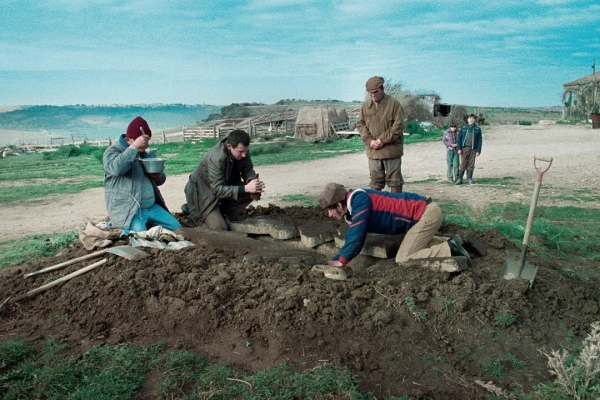
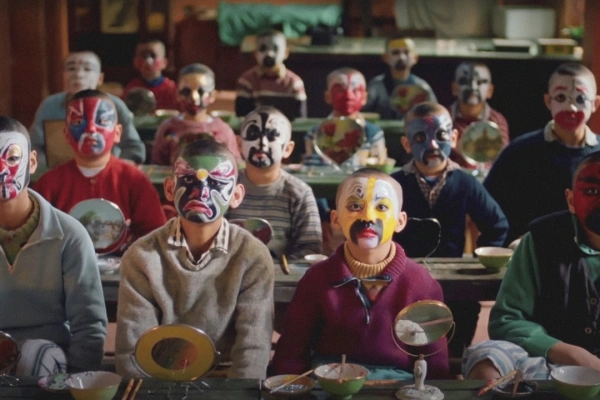
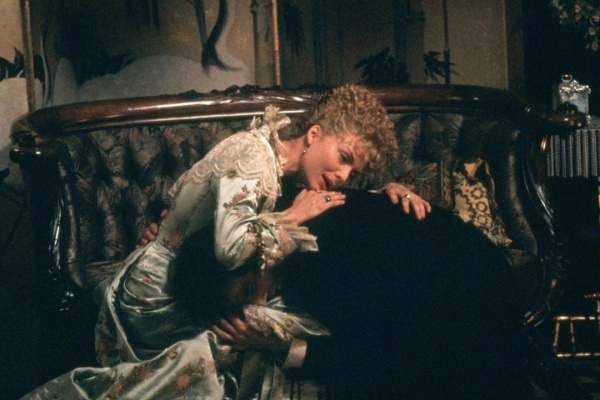



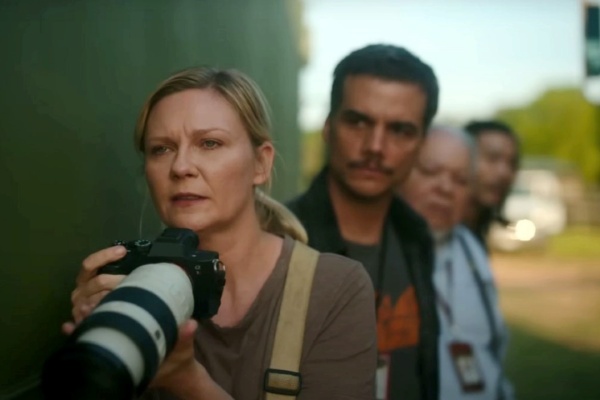

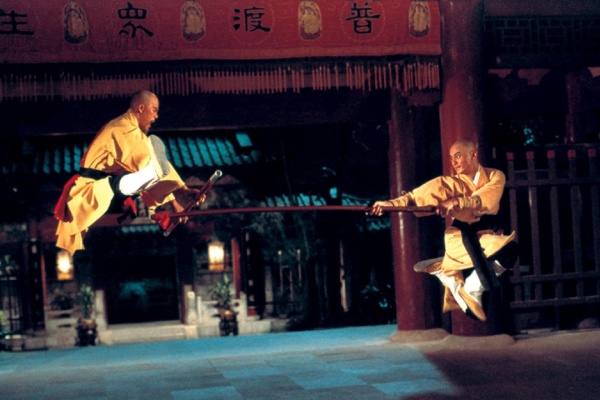

















[…] on films as acclaimed as Kurosawa’s Rashomon (1950), and Mizoguchi’s Ugetsu (1953) and Sansho the Bailiff (1954). Here he lends his renowned expertise, creating a beautiful canvas for Ozu’s simple […]
LikeLike
[…] Criterion Collection […]
LikeLike
[…] Criterion Collection […]
LikeLike
[…] Criterion Collection […]
LikeLike